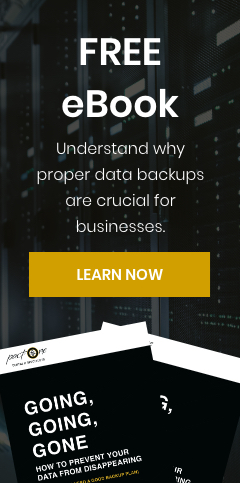Understanding the complexities of network protection for your dental office can be daunting. This comprehensive guide is designed to provide clarity and instill confidence, offering valuable insights into the essential network security measures every dental practitioner should consider implementing.
Cost of IT Services for Orthodontic Practice

Managing an orthodontic practice is no small feat. Between patient care, managing staff, and keeping up with the latest treatments, there’s a lot on your plate.
But one area that often gets overlooked is IT services. From ensuring patient data security to maintaining smooth operations, reliable IT services are crucial.
Securing Smiles: Top IT Services to Protect Your Dental Practice
How to Protect Your Dental Practice from Cyber Threats

A recent study revealed that 60% of small businesses, including dental practices, fall victim to cyberattacks each year. The stakes are high, and the risks are real. For dentists, practice managers, and owners, knowing how to protect your dental practice from cyber threats is crucial to maintaining patient trust and business continuity.
What is Endpoint Detection and Response (EDR)?

As dental offices rely more on technology for daily operations and quality patient care, the inevitable risk of cyber threats lurks in the background. This is where Endpoint Detection and Response (EDR) comes into play.
Endpoint Detection and Response, also known as EDR (not to be confused with electronic dental records), is a cybersecurity solution that continually monitors, detects, and responds to advanced threats and security incidents on all connected endpoints (desktop computers, laptops, servers, and mobile devices).
This post explores the essentials of EDR, its significance in dental practices, and how it can safeguard your network from potential security breaches.
Active Cybersecurity Alert for Dental Practices

Cybersecurity has surged to the forefront of concerns for businesses across all sectors. The dental industry, with its wealth of confidential patient information and reliance on electronic records, is not immune.
Recent advisories from the American Dental Association (ADA), underscored by an FBI warning, have highlighted the increasing risk of cyber threats to dental practices.
What is Managed Detection & Response (MDR)?

In the rapidly evolving digital landscape, small businesses - including dental practices, face unique cybersecurity challenges. Dental practices are treasure troves of sensitive patient data, making them prime targets for cybercriminals
This is where Managed Detection & Response (MDR) comes into play, providing a robust shield against the myriad of cyber threats that loom over the dental industry today.
Download Safety – A Comprehensive Guide

In the digital world we navigate daily, downloads have become as routine as a morning cup of coffee. Yet this seemingly benign process carries potential threats that could jeopardize your computer network’s safety.
This guide aims to enlighten you about the dos and don'ts of downloads, bringing to light the possible dangers lurking in the shadows of the internet and providing tools to shield your IT network from potential harm.
Delta Dental of California Data Breach: What it Means for the Dental Industry
Keeping Your Phoenix Dental Practice Network Secure with Pact-One Solutions

As a dental professional in the heart of Phoenix, AZ, you may be confronted with a significant challenge that goes beyond the health of your patients' teeth - securing your network infrastructure. As threats to data security grow increasingly complex, ensuring a secure network becomes paramount, not just for legal compliance but also for patient trust.




